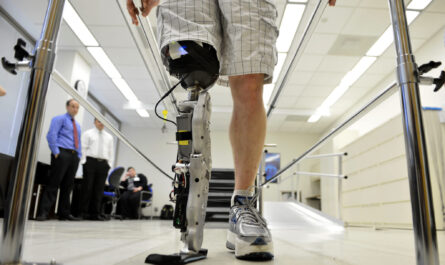Catalysis plays a crucial role in various scientific, economic, and environmentally sustainable reactions. Referred to as “holy grail reactions,” these reactions utilize abundant resources like methane, water, carbon dioxide, and nitrogen to produce valuable chemical products. However, these reactions often face challenges like low conversion rates and poor selectivity due to the inertness of reactants and high reactivity of the products. To overcome these obstacles, scientists are exploring the potential of single-atom catalysts (SACs) as a promising solution.
SACs consist of single metal atoms with well-defined and tunable structures. They exhibit partially-charged properties and represent a new class of heterogeneous catalysts. By developing novel SACs, researchers can improve the efficiency of metal utilization and gain a deeper understanding of reaction mechanisms and structure-activity relationships.
In recent years, SACs have been employed in various holy grail reactions to enhance conversion rates, selectivity, and enable milder reaction conditions. To evaluate the applications of SACs in these reactions, Prof. Ning Yan from the National University of Singapore, Prof. Tao Zhang from the Dalian Institute of Chemical Physics, and their co-workers published a perspective in the Chinese Journal of Catalysis.
The perspective focuses on five holy grail reactions: partial methane oxidation to methanol, non-oxidative methane coupling, photocatalytic water splitting, photocatalytic CO2 reduction, and nitrogen reduction. SACs with structurally well-defined single-atom metal sites possess unique geometric and electronic properties, allowing them to interact precisely with inert molecules and regulate the conversion process, leading to the selective production of desired products.
Furthermore, some SACs are composed of support structures with molecular-level definitions and unified coordination environments. These SACs serve as ideal model catalysts for in-depth mechanistic studies when combined with advanced spectroscopic techniques and density functional theory (DFT) calculations.
Additionally, the researchers highlight the importance of multi-site catalysts that contain two single-atom sites with different coordination structures or a combination of single-atom and non-single-atom sites. These catalysts facilitate the activation of multiple species, leading to synergistic promotional effects within the reactions.
Looking ahead, the field of single-atom catalysis has promising future directions. Scientists aim to further explore mechanisms and structure-activity relationships to enhance the efficiency of SACs. Leveraging advanced information technology for efficient catalyst screening, designing novel catalytic sites to expand the application scope of these materials, and improving the stability of SACs under working conditions are key areas for future research.
In conclusion, single-atom catalysis has the potential to revolutionize holy grail reactions by overcoming existing challenges and enabling more efficient and selective production of valuable chemicals. With ongoing advancements and research, SACs could play a significant role in shaping the future of catalysis and ultimately contribute to a more sustainable and technologically advanced society.
Note:
- Source: Coherent Market Insights, Public sources, Desk research
- We have leveraged AI tools to mine information and compile it



